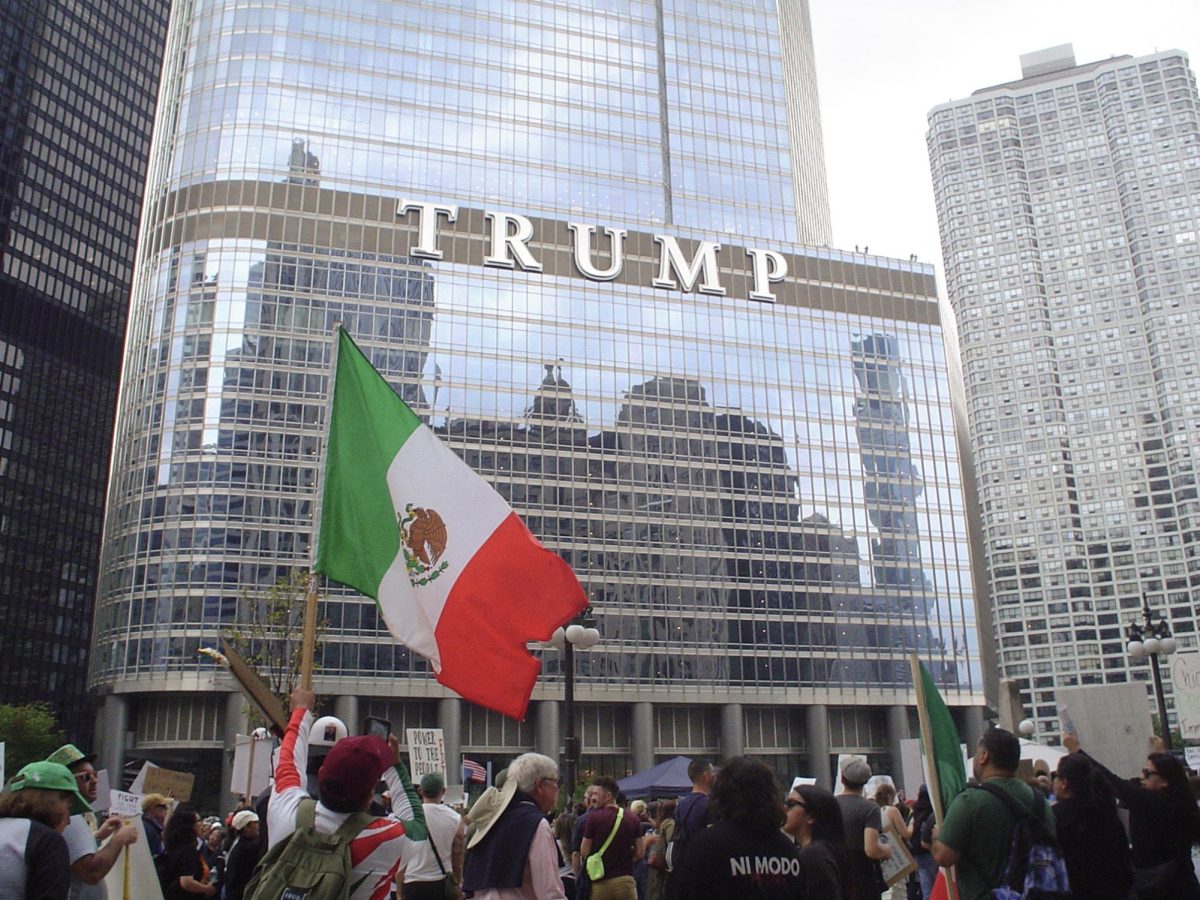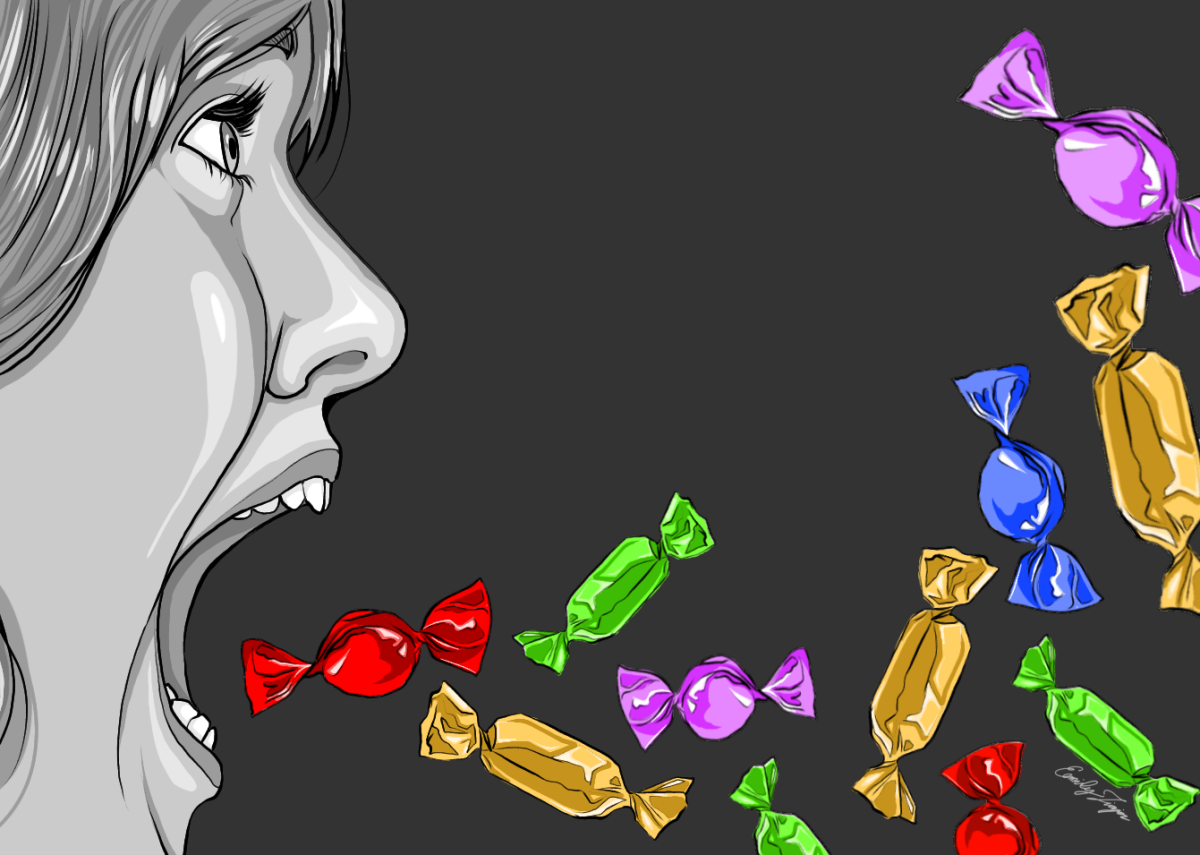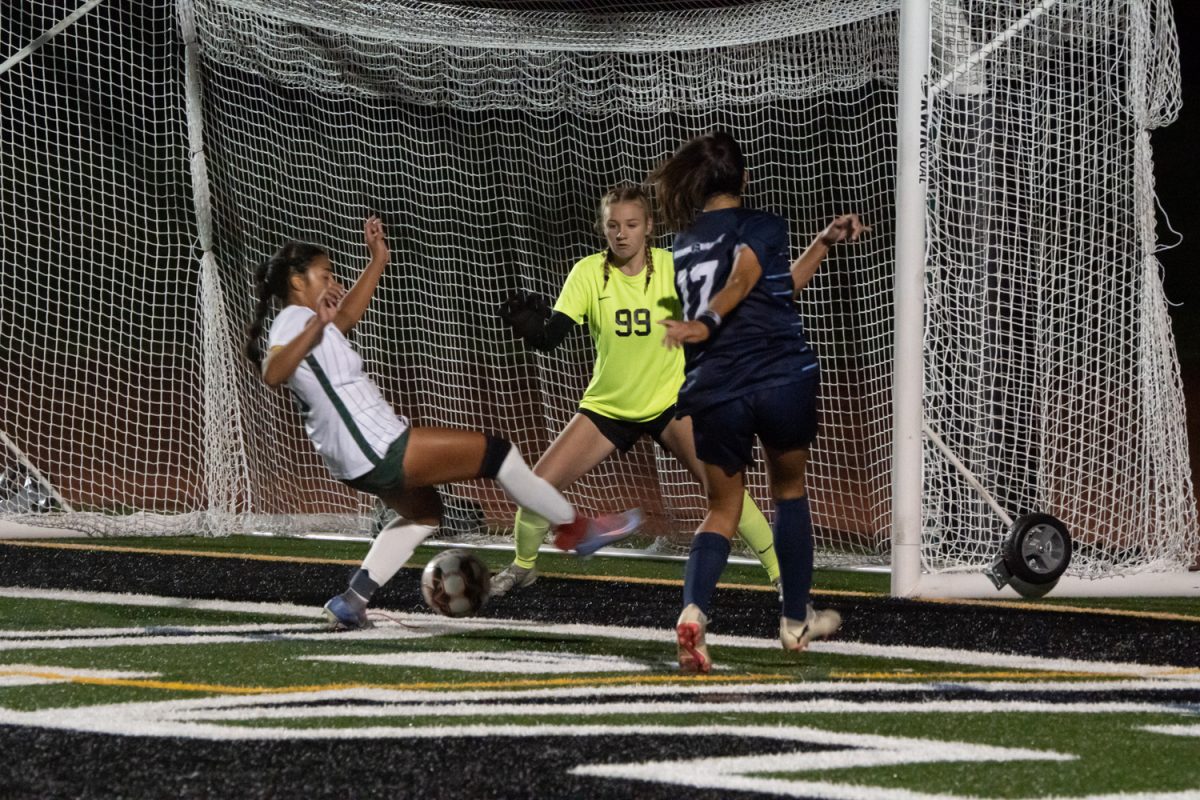A Comprehensive Guide to Film’s Most Elusive Genre, Film Noir

May 11, 2017
Film Noir is as mysterious as it is attractive. Many film critics and enthusiasts often argue over whether it’s even a genre or a style, a time, or a theme. The truth about Noir is that there is no truth, only interpretation, which is exactly what makes it all so exciting.
Noir’s classic period lasted from 1941 to 1958, including films like Double Indemnity, The Maltese Falcon, Sunset Boulevard and Kiss Me Deadly. However Noir seemingly has never ended, movies like Chinatown, Blade Runner, and Memento are all movies that fit into what classic Noir has always been, but with an updated presence, thus creating Neo-Noir.
To understand Noir fully though one must start at the beginning with, The Maltese Falcon. Coming out in 1941, The Maltese Falcon starred Humphrey Bogart in one of his break out roles, Mary Astor, Peter Lorre, and Sydney Greenstreet. Directed and written by John Huston, he takes the audience for a legendary ride of lies, deceit, and intriguing crime. Often pushing a sense of inescapability from the characters.
This vital sense of no escape is critical to what made Noir what it was in the 40’s, 50’s and up to today with Neo-Noir. Noir not only in The Maltese Falcon but also in films like Sunset Boulevard also are heavily set around the main protagonist who also often feels a lot of that inescapability. The protagonist’s situation continues to grow worse and worse until a climax is reached. A Neo-Noir to compare this to would be a movie like Taxi Driver.
One of the best parts of Noir is it’s pure beauty. Most of Noir was filmed in classic black and white, always concentrating the focus on the lines, context, lighting and especially shadows. Much of Noir consisted of violent crime which often occurred at night. The setting is practically begging cinematographers to exploit the beauty of black and white film at night and the use of its shadows.
In the film I Wake Up Screaming, towards the end the use of shadows at night is marvelous to watch. We see the shadows of the exterior railings and lattice metal bars of elevators projected onto the walls and over a man’s face. The film goes from just being about the story to being about the mysterious ambiance established in the room as well.
The use of black and white not only focuses the film on it’s own appearance but also focuses back on the story. Audience members aren’t distracted by wild and vivid colors or even dim ones, instead the film turns into something incredibly simple, yet incredibly beautiful all while keeping the focus on the story as well. Black and white turns the vision of the film into an objective purpose, like a scope on a rifle, it has it’s own set function.
Noir is also in many ways the beginning of female empowerment roles. The classic Femme Fatale that is vital to many classic Noir films, shows dominance no longer with a man, but with a woman. For the time this was kind of unheard of. Women through Noir put the cracks in film’s unspoken rules on what roles women could play. No longer would women purely be limited to damsels in distress and simple love interests, they played major roles in changing what was to be expected from the role.
Before the modern day rating system we have today, there was a system of censorship in which filmmakers would send in the script of the film before ever making it. The people who rated movies would rate it based on what they read, not on what they saw. Noir’s strongest topics like violence, sex and crime pushed these limitations that were set upon them by the censors. As Noir stretched film’s limits more audiences found an interest and more producers turned a blind eye to subtle hints of sex and violence. Noir’s limits fell, and filmmakers explored new entry ways in storytelling. All of this was happening during Noir’s classic period from 1941-1958.
However Noir’s very existence wasn’t realized until around 1946. Because of WWII, the french hadn’t received any films to review until around 1945 when the war ended. French film critics caught up on watching the films of the previous years and realized a pattern between them. The classic themes found between all of those certain films were put together as a group and labeled “Noir” meaning, “black film” in french by french film critics. Filmmakers later on to go back to the themes and styles of classic Noir but with a modern update, thus creating Neo-Noir.
Neo-Noir took a lot of the same themes from classic Noir and updated them with their own styles. Films like Chinatown, Bladerunner, and Body Heat all went back to similar styles of Noir but created something new at the same time. These trends have not ended however and has spawned something of another Noir, Neo-Neo-Noir. Films like Hell or High Water, Drive and even The Dark Knight all sort fall under this constant evolution of Film Noir.
Noir is elusive, there’s no getting it down, nor will there ever be. Noir is constantly being explored and changed but always staying true to it’s regular themes and styles. Noir will likely never die because there’s always something that hasn’t been discovered about it. Noir is like a black hole, there’s no telling what’s on the other side until you jump through.



















